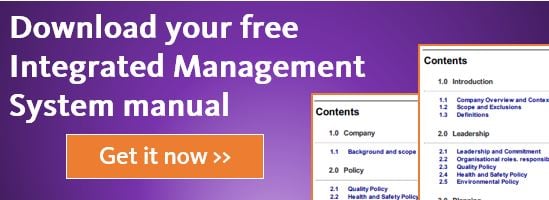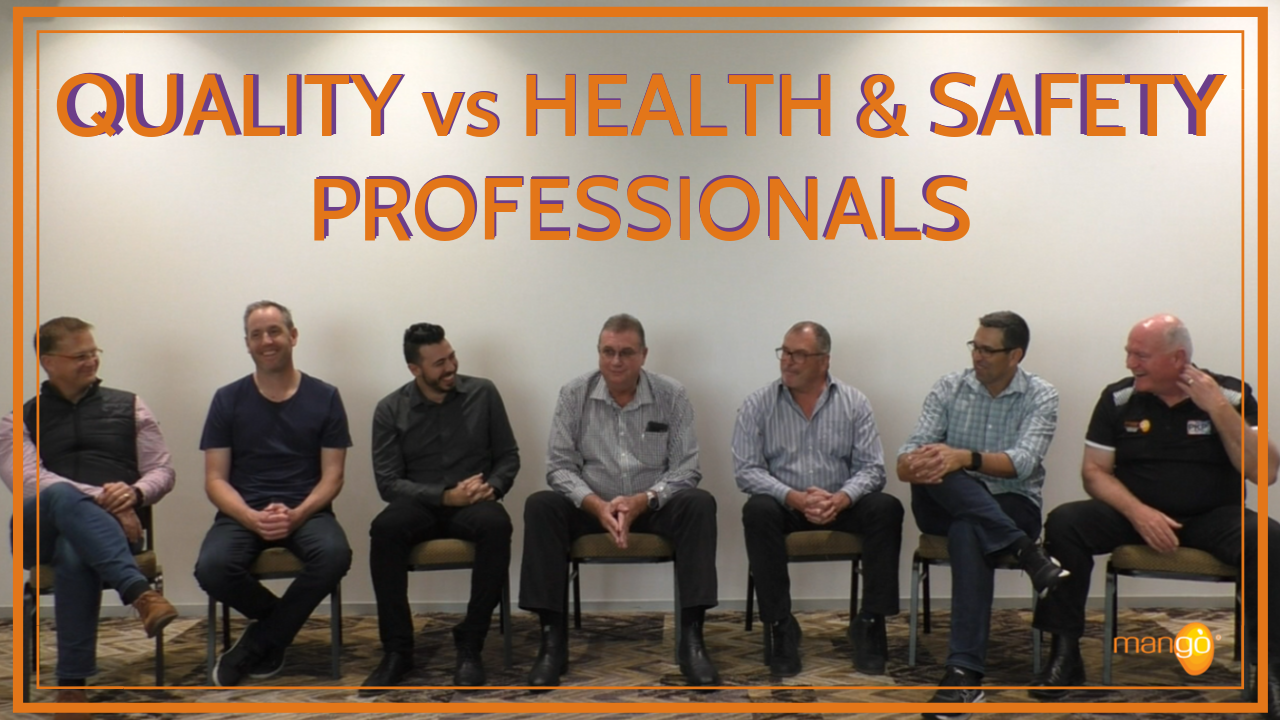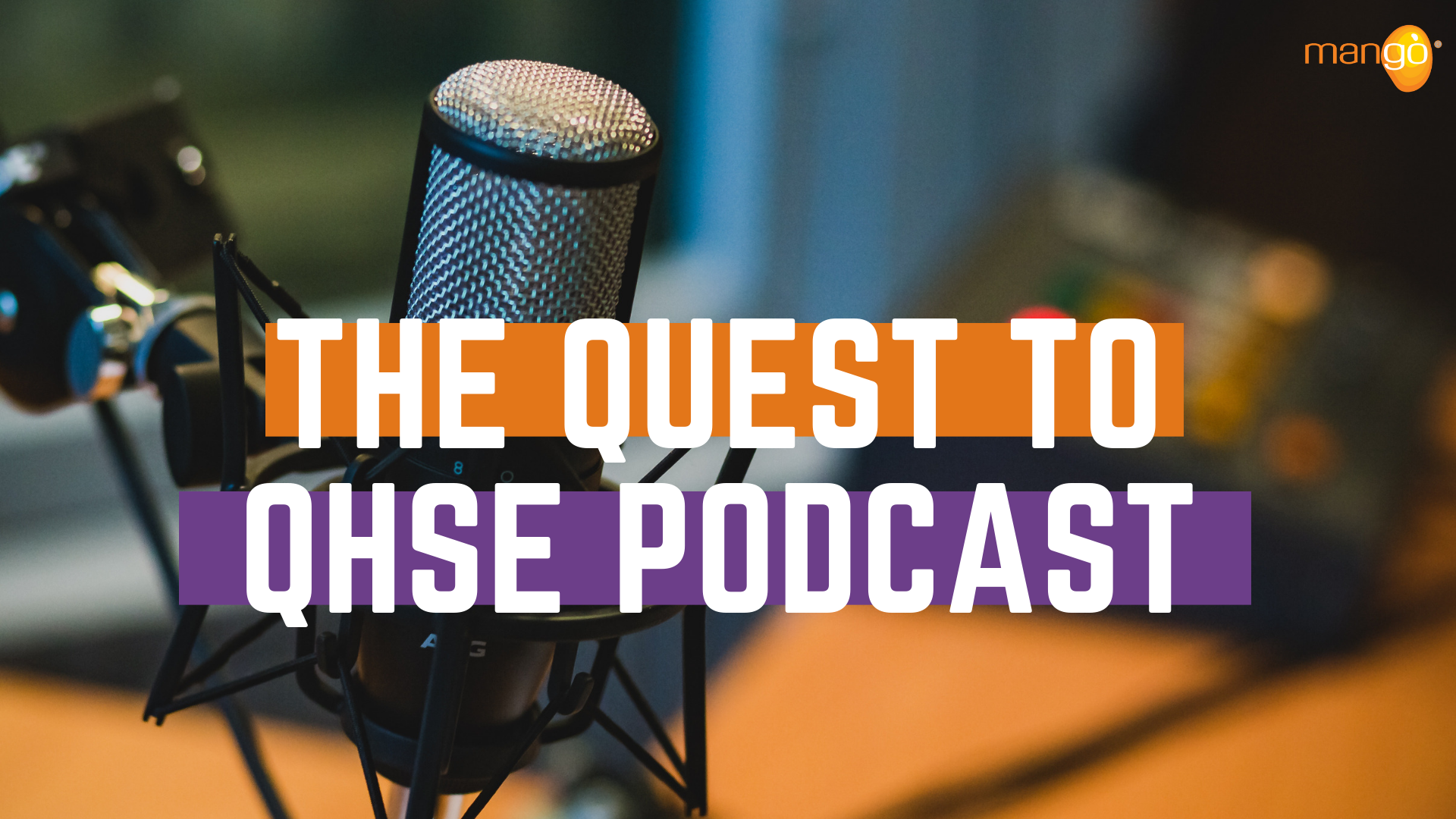In the 2008 version of ISO 9001, the clause relating to resources was a paltry 31 words long. Titled “Provision of Resources”, it only required that an organisation provide resources to maintain and improve its QMS and enhance customer satisfaction. That’s it. Now that’s really broad. You could drive a bus through that.
As a customer and as an internal auditor this clause was something that I took for granted for years. I took it for granted because resources are just resources, aren’t they? It’s really hard for the auditor to prove that more resources are needed. They need to have a sound case to prove that.
In the latest 2015 version of ISO 9001, the resources clause has been given a make-over and it now has some meat behind it.
Let’s break the 2015 version down into its constituent parts:
- The general clause (7.1.1) covers the same as before. It’s about the provision of resources, but now also points to the need to consider the capabilities and the constraints on internal resources and the needs of external providers.
- The people clause (7.1.2) ensures that the organisation determines and provides personnel to implement a QMS and to operate and control its processes.
- The infrastructure clause (7.1.3) ensures that the organisation determines and provides infrastructure for the operation of processes and to achieve conformity.
- The environment for the operation of processes clause (7.1.4) ensures that the organisation determines, provides and maintains an environment necessary for the operation of its processes and to achieve conformity.
- The clause 7.1.5 Monitoring and measuring resources looks after measuring devices, calibration and measurement traceability.
So far these clauses are pretty much a rehash of the previous standard. Here at Mango we use the PPE/Items modules for managing critical equipment, the workplace, the infrastructure and other tools. Mango makes this really easy.
The really interesting clause in 7.1 is 7.1.6 Organizational knowledge. This clause has some headaches. I have seen a couple of external audits from Certification Body auditors where the auditors have had differing views on what knowledge is. You need to get this clear in your own minds and define it yourself.
Auditors need to evaluate if the organization considers internal and external sources, such as:
- Learning from failures, near miss situations and successes;
- Gathering knowledge from customers, suppliers and partners;
- Capturing knowledge that exists within the organization, e.g. through mentoring, succession planning;
- Benchmarking against competitors;
- Sharing organizational knowledge with relevant interested parties to ensure sustainability of the organization;
- Updating the necessary organizational knowledge based on the result of improvements.
- Knowledge coming from conferences, attending to fairs, networking seminars, or other external events.
To deal with this at Mango we have added procedures into our Quality Manual around how we capture knowledge in the company. This is how we do it:
- Monthly Company meetings
- Scrum meetings
- Weekly development meetings
- Weekly marketing meetings
- Use of Wiki by the development team
- Use of Mango by all staff and partners
- Use of HubSpot (our CRM and our Marketing platform)
- Use of Mantis (our bug tracking software)
- Use of Xero (our accounting system)
- Use of Lynda.com (online training portal)
We capture this knowledge in each of these tools and share it amongst the company to ensure the knowledge is used in giving the customer value. Every month in the Company Management Review we look at the effectiveness and efficiency of these sources.
Takeaways
- Clauses 7.1.1 to 7.1.5 are straightforward to meet. There has essentially been no change from the previous standard.
- Clause 7.1.6 Organizational knowledge will not be a hurdle if you take a systematic review all your processes and determine how knowledge is captured. Following that, next you’ll need to determine how that knowledge is disseminated to the rest of the organisation. Then ask: Is that efficient? Is that effective? Take action if there is a no to either question.
View previous blogs in this series "How to Implement a QMS and Achieve ISO 9001 Certification":
How to Implement a QMS and Achieve ISO 9001 Certification - Part 1: Introduction
How to Implement a QMS and Achieve ISO 9001 Certification - Part 2: Customer Focus
How to Implement a QMS and Achieve ISO 9001 Certification - Part 3: Leadership
How to Implement a QMS and Achieve ISO 9001 Certification - Part 4: Engagement of People
How to Implement a QMS and Achieve ISO 9001 Certification - Part 5: Process Approach
How to Implement a QMS and Achieve ISO 9001 Certification - Part 6: Improvement
How to Implement a QMS and Achieve ISO 9001 Certification - Part 7: Evidence Based Decision Making
How to Implement a QMS and Achieve ISO 9001 Certification - Part 8: Relationship Management
How to Implement a QMS and Achieve ISO 9001 Certification - Part 12: Clause 5.2 Policy
How to Implement a QMS and Achieve ISO 9001 Certification - Part 15: Clause 6.2 Objectives
.png?width=200&height=51&name=image%20(2).png)





